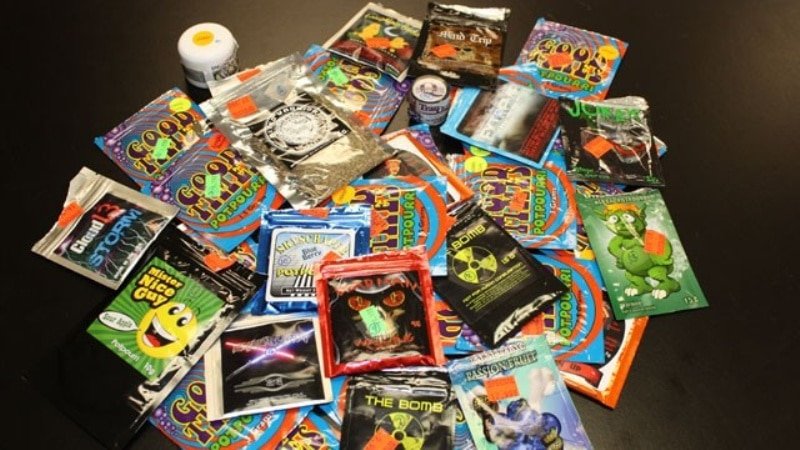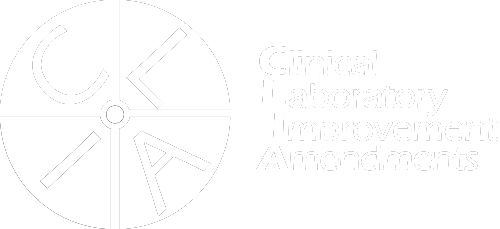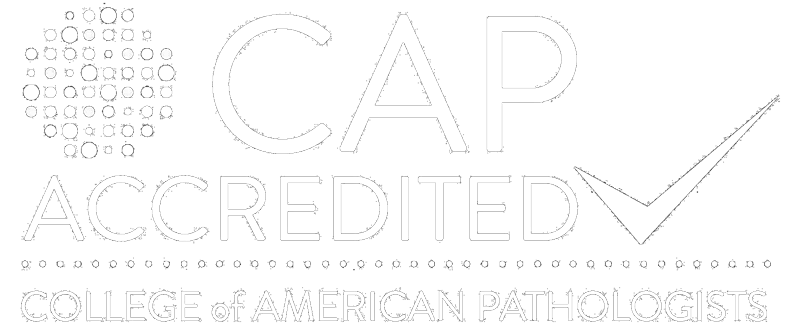
Designer drugs have exploded onto the scene in the past decade. These psychoactive substances are often manufactured overseas and sold in the U.S. over the internet. Others are sold in gas stations, smoke shops, or convenience stores. Marketed as natural, consumers think they are less dangerous. Side effects differ, but synthetics can cause aggressive and violent behavior when taken in high doses. In 2016, synthetic opioids (primarily illegal fentanyl) passed prescription opioids as the most common drugs involved in overdose deaths in the United States.
Synthetic stimulants
Synthetic stimulants, aka bath salts, are substitutes for illicit stimulants like methamphetamine and cocaine. Bath salts are sold in small plastic or foil packages and can be swallowed, snorted, smoked, or injected. Street names include Flakka, Bliss, Cloud Nine, White Lightning, and Vanilla Sky. The use of bath salts contributed to nearly 23,000 emergency room visits in 2011.
Users of synthetic stimulants may experience symptoms of:
- Increased alertness
- Euphoria
- Agitations
- Hallucinations
- Increased heart rate
- Seizures/Tremors
Synthetic Cannabinoids
Synthetic cannabinoids, known as Spice or K2, have similar effects to marijuana. They can also show symptoms of stimulants or hallucinogens. Synthetic cannabinoids are human-made mind-altering chemicals that are sprayed on dried, shredded plant material so they can be smoked or sold as liquids to be vaporized and inhaled in e-cigarettes and other devices. Effects may be similar to marijuana or can act as a stimulant or hallucinogenic.
Users of synthetic cannabinoids may show symptoms including:
- Agitation
- Seizures
- Hypertension
- Violent behavior
- High blood pressure
- Dilated pupils
- Rapid heart rate
- Kidney failure
Synthetic opioids
Synthetic versions of fentanyl and ketamine are widely available. They’re usually injected, but ketamine can also be smoked or sniffed. These drugs have unpredictable and more severe side effects than the opioids they’re derived from. Ketamine’s street name is Vitamin K.
Kratom comes from a tropical tree native to Southeast Asia. sold as a green powder in packets labeled “not for human consumption.” People take kratom as a pill, capsule, gum, or extract. Kratom can cause effects similar to both opioids and stimulants.
Desomorphine, aka Krokodil, is a derivative of the opioid pain medication codeine. It’s similar to heroin in both use and effects, and it is highly addictive. Substance users make desomorphine at home by mixing codeine with paint thinner, gasoline, hydrochloric acid, and iodine. Krokodil is sometimes called the zombie drug because it has become notorious for producing severe tissue damage, including injury to the veins (phlebitis) and gangrene.
Why synthetics are popular
Misleading advertising may cause high-risk users to swap synthetic substances for the real thing. As the criminal justice system reevaluates its response to substance use disorders, it’s crucial for court, probation, and criminal justice professionals to understand complex and ever-changing designer drugs.
- Stay up-to-date with the latest trends in your market
- Use treatment court contracts or probation agreements to ban all forms of synthetic substances
- Make sure your drug testing program offers up-to-date tests for the latest synthetics
- Maintain best practices for drug testing protocol
- Give clients the opportunity to self-report
- Identify participants in court who are having positive results and showing improvement
Testing for synthetics
Synthetics are difficult for laboratories to detect because of the large number of differing substances and the constantly changing structures of these drugs. Urine drug testing is the most effective way to detect synthetics. The method for analyzing is liquid chromatography-tandem mass spectrometry (LC-MS/MS). LC-MS/MS is more costly than screening methods but allows you to have the broadest synthetic panel. To ensure testing for synthetics doesn’t become cost-prohibitive:
- Consider screening a subset of participants to detect the use of designer drugs successfully
- Randomly incorporate popular synthetics in your drug testing panel
- Confirm that your lab tests for a broad spectrum of compounds


